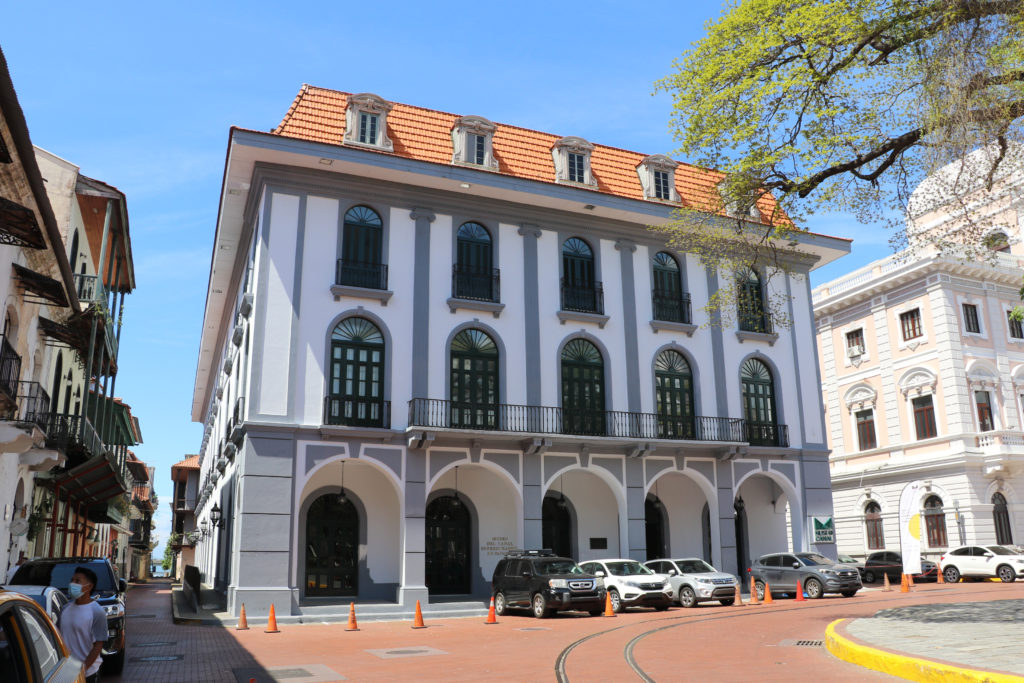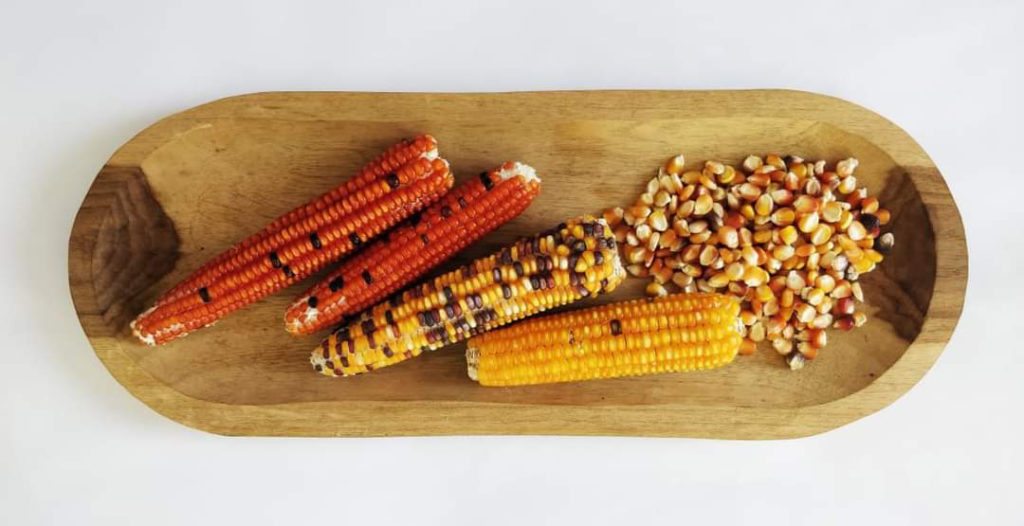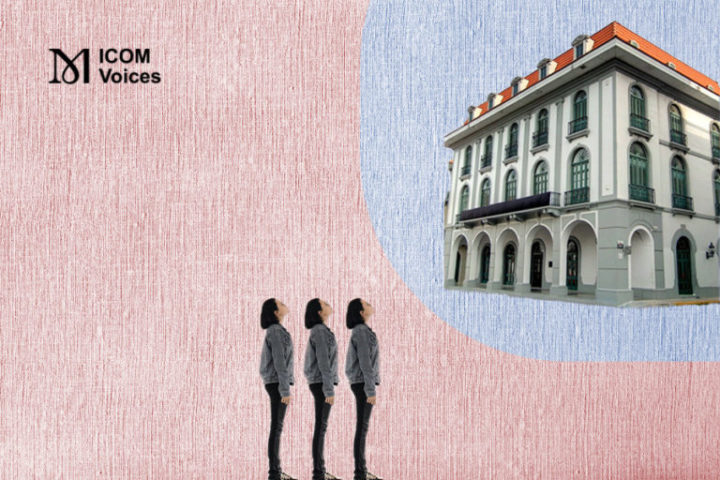
Nyasha Warren - Guillermina De Gracia
Head of Research, Museo del Canal Interoceánico de Panamá - Professor, Centro Regional Universitario de Coclé
Museums have no borders,
they have a network
May 31, 2024
With the collaboration of Kaysha Corinealdi, Nadia De León and Margie Muñoz
Keywords: Education, history, museums, focus groups, research, Panama
In September 2021 the Museo del Canal Interoceánico de Panamá embarked on a two-year study to analyse the content and methodology of teaching the history of the Panama Canal in state schools in five of the country’s provinces. Funded by the National Secretariat for Science, Technology and Innovation, various methods for data collecting were employed.
This article analyses the results of 15 focus groups in 12 schools between March and May 2023 with middle school and high school students studying the history of Panama. The intention was to understand their perception of history, the resources used to learn it and their vision of museums. The schools, selected at random, represent 1% of state schools in Coclé, Colón, Panamá Centro, Panamá Oeste y Veraguas.

Fig. 1. Museo del Canal Interoceánico de Panamá. © Museo del Canal Interoceánico de Panamá
What is history, according to the students?
The first aim of the focus groups was to understand the students’ concept of history. When they referred to the concept of history, students defined it through facts in the past or that have already taken place. It was also evident that for most students who participated in the focus groups these events or subjects from the past remained there and had no impact on their present-day reality or their future.
Many students find history interesting, but it is possible that the way in which it is taught is not appealing to all of them. Teaching methods and evaluation focused on memorising information may be the cause of this. There is a need to improve pedagogical strategies to develop technological, interpersonal and social skills among students studying history at all educational levels in Panama.
What resources do students employ to study and carry out their history assignments?
The study also set out to identify the resources used by students to study history, such as notes and photocopies from school textbooks. Most of the students stated that they used these resources, coinciding with previous studies which have revealed that only 49% of students own school textbooks.
This situation explains why some students indicated that they also used summaries, photographs taken from books not provided in class, and videos obtained for them by their teachers. A minority of students reported that they obtained information from a school library or from their parents. The latter fact is important in the context of the positive impact that parents’ involvement could have on students’ performance, at least in primary school reading assignments.
Despite the lack of internet access in many schools, students in focus groups emphasised the need for this resource for their assignments, indicating that they try to access it outside the school through family members or friends. Official local figures reveal that only 61% of students at state schools in Panama have internet at home.
And, what do students think about museums?
The third aim of the study was to understand the perception that students have of museums, bearing in mind the importance of inclusion and community-based participation in museum experiences. While museums are underused and visits are rare, students have developed their own concept of a museum.
According to an unpublished study by Warren et al., (2003), 75% of school pupils studying history in Panama, in the five provinces in which the study was carried out, have never visited a museum, site or monument related to the history of the Panama Canal, one of the best known, mega-construction works in the world. The focus groups indicated that students see museums as places of information regarding ancestors and old objects, with school outings being their principal or only opportunity to visit them.
Despite this reality, students at state schools in Panama have an overall concept of the nature of a museum and this concept resembles their definition of history. All the students’ descriptions of museums referred to museums of history and archaeology.
An interesting difference also emerged between the students’ perception of history and of a museum when they were asked ‘What would you include in a museum of your community?’ Students mentioned that they would include house objects that were important for them and their community. These objects would include old artefacts that are still used today, such as woven bags [chácaras], large, woven back baskets [motetes] and trays [bateas]. Unconsciously, students recognised that some objects still used today are sufficiently important to be housed in a museum so that future generations can discover and learn about them. The museum imagined by students allowed them to appreciate how the past connects with their present and informs the future, which is not very different to the aspiration of various museums of history, art, science and other spaces for reflection and informal learning in the present day.

Fig. 2. Photo of a tray [batea] with corn cobs. © Guillermina De Gracia
What is the potential impact of access to resources, including museums, for the students’ conception of history?
In the state schools that were the object of study, half the students lacked access to textbooks, making use of photocopies, summaries and videos for their assignments. Some could use school libraries or the support of tutors, but the availability and effectiveness of resources for strengthening historical knowledge varied significantly.
Museums, which are a valuable tool for complementing class learning, are also an underused resource, despite offering a practical and visual experience that has more impact than simply reading about or listening to a subject in the classroom. Furthermore, by interacting with artefacts and exhibitions, students are able to connect in a more profound way with history and understand it in a broader context. At the present time, however, this opportunity is limited.
It is vital that schools look for creative and accessible alternatives to enrich the use of resources in teaching history, both inside and outside the classroom. The lack of a consolidated teaching approach in the social sciences is an educational challenge. Equipping teachers with innovative and motivating methodologies is fundamental for encouraging curiosity and critical thought among students, which will allow them to develop a more complete and holistic concept of history and one relevant to their own lives.
Note: this article describes one stage of a larger study. For more information on our study as a whole, please see the press release published on the Museo del Canal Interoceánico de Panamá website.
References
CIEDU – Centro de Educación Educativo de Panamá. 2020. El estado de la educación panameña en cifras: la equidad en el acceso a la educación a distancia. s.f. [Accesado el 20 de abril de 2024]. Disponible en: <https://ciedupanama.org/educacion-a-distancia-panama/>
De Diego, Carlos A. 1966. La Enseñanza de la Historia de Panamá en la Escuela Secundaria. Lotería, Vol XI (123), 2a. Época, p. 69-76.
De León, N., León, M. 2024. Perspectivas vecinas: modelos lineales jerárquicos de las pruebas de lectura de tercer grado del ERCE. Factores asociados de Colombia, Costa Rica, Panamá y República Dominicana. RECIE. Revista Caribeña de Investigación Educativa, 8(1), 191-213.
Informe de Comisión sobre la Enseñanza de la Historia de Panamá en la Educación Media. 2003. En la Memoria del Primer Congreso Nacional sobre la Enseñanza de la Geografía de Panamá y de la Historia de Panamá. (p. 104). Panamá: Editora Sibauste
Mojica, Roselba. Evaluación de la percepción de los estudiantes de historia sobre las estrategias didácticas que utilizan los profesores, con mayor frecuencia en el aula, tendientes al desarrollo de las competencias genéricas. Facultad de Ciencias de la Educación, Panamá,Universidad de Panamá, 2017. [Tesis de maestría no publicada]. [Accesada el 1 de febrero de 2021].Disponible en: <[http://up-rid.up.ac.pa/140/1/roselva%20mojica.pdf>
Warren, N., Corinealdi, K., De Gracia, G., De León, N., Muñoz, M. 2023. Estudio descriptivo sobre lo que se aprende y cómo se aprende en la materia de Historia con un enfoque en la historia del Canal de Panamá en el año 2022 y 2023. Informe inédito correspondiente a la Etapa Nº 2 del proyecto PFIA-IACP-2021-10. Museo del Canal Interoceánico de Panamá. Panamá.
